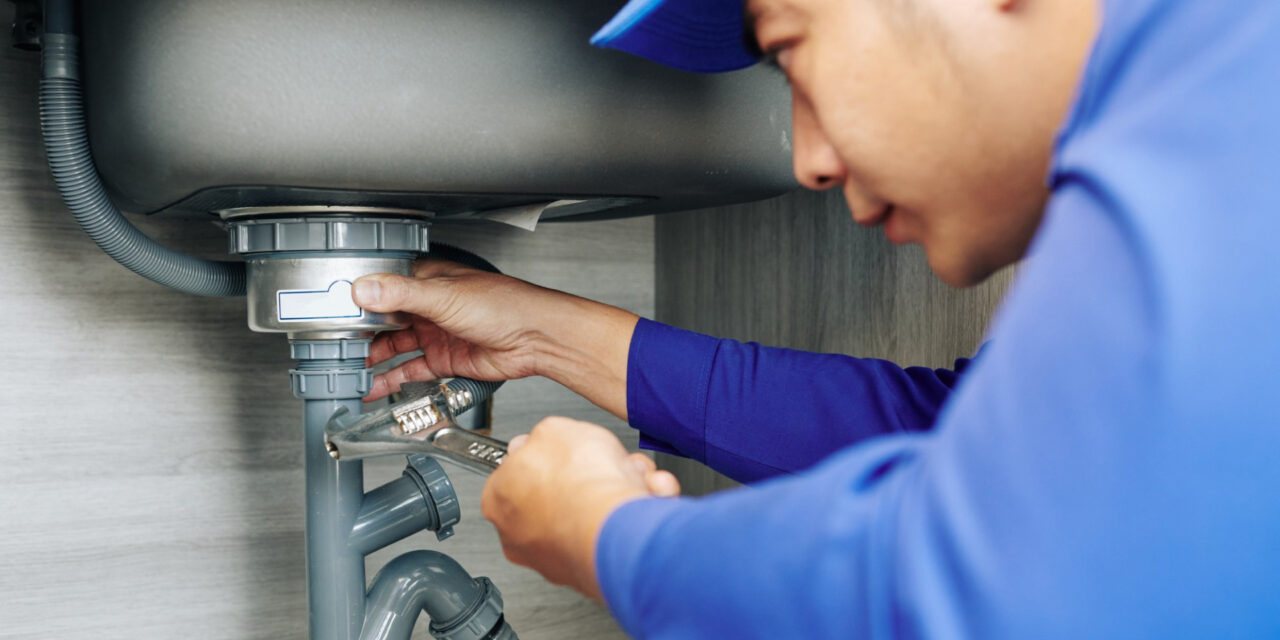Just how to Inspect If Your Home Has a Hidden Leakage
Just how to Inspect If Your Home Has a Hidden Leakage
Blog Article
The writer is making several great pointers on Detecting hidden plumbing leaks overall in this content below.

Early detection of dripping water lines can reduce a possible calamity. Some small water leakages may not be noticeable.
1. Take A Look At the Water Meter
Every house has a water meter. Inspecting it is a surefire way that aids you find leakages. For starters, switch off all the water sources. Make sure nobody will certainly flush, make use of the faucet, shower, run the cleaning equipment or dishwashing machine. From there, most likely to the meter and watch if it will certainly change. Because no person is using it, there must be no motions. If it relocates, that indicates a fast-moving leakage. If you detect no modifications, wait a hr or two and also check back once again. This indicates you may have a sluggish leak that can even be below ground.
2. Inspect Water Usage
If you find unexpected modifications, in spite of your usage being the exact same, it indicates that you have leaks in your plumbing system. An unexpected spike in your costs shows a fast-moving leakage.
A consistent boost every month, even with the same habits, reveals you have a slow-moving leakage that's also slowly rising. Call a plumber to extensively inspect your residential or commercial property, especially if you feel a cozy area on your floor with piping below.
3. Do a Food Coloring Examination
When it comes to water usage, 30% comes from toilets. If the shade somehow infiltrates your dish throughout that time without flushing, there's a leak in between the tank and also dish.
4. Asses Outside Lines
Don't forget to inspect your outside water lines too. Needs to water seep out of the link, you have a loosened rubber gasket. One tiny leak can throw away lots of water and also spike your water expense.
5. Evaluate as well as Examine the Situation
Home owners should make it a routine to examine under the sink counters and also even inside cupboards for any kind of bad odor or mold growth. These two red flags show a leak so punctual attention is needed. Doing regular evaluations, even bi-annually, can save you from a major issue.
Check for stainings and weakening as most pipelines and also home appliances have a life span. If you think dripping water lines in your plumbing system, do not wait for it to escalate.
Early detection of dripping water lines can reduce a potential catastrophe. Some tiny water leakages may not be visible. Examining it is a guaranteed way that aids you find leaks. One little leak can waste bunches of water as well as spike your water costs.
If you presume dripping water lines in your plumbing system, don't wait for it to rise.
How to Know If Your Home Has a Hidden Leak
Water Meter Reveals Inexplicable Water Usage
If you’d like to test whether or not there’s a leak somewhere in your home, you can do this using your water meter. Here is how to conduct the test:
Don’t use any water in your home for at least 30 minutes; this also means not turning on faucets or water-using appliances.
Go outside, and check your water meter for activity.
If your water meter shows that there was activity, even though no one was using any water, this proves that there is a leak in your home.Visible Mold or Mildew Growth
Leaks behind walls create moist, dark environments that allow mold and mildew to grow and thrive. Eventually, you might see mold growth forming on the wall closest to a hidden leak.
If mold is growing in an area that receives a high amount of moisture, such as a bathroom, it may simply be an indication that better ventilation is needed. However, if you see mold growth on a wall or the ceiling in an area where you would not expect, you probably have a hidden leak.
Musty, Mildew Odor
Sometimes you might not be able to see the mold or mildew that is growing as a result of a leak. However, the smell can give the problem away just as easily. If you catch a whiff of something musty, there’s a good chance that old water is collecting somewhere in your home that you can’t see.
Stained/Warped Walls, Ceilings, or Floors
When your home soaks up water, a variety of red flags can become visible, including ceiling stains, bubbling drywall, warped walls, and sagging floors. While these issues can be caused by excess humidity, they can also be signs that a pipe or plumbing connection has started leaking behind your walls.
Inexplicably High Water Bill
After a while, you get a general sense for what your water bill should be. If you own a pool or sprinkler system, your bill will tend to be higher during summer. However, if you receive a water bill that seems especially high, and you can’t figure out what caused it, then you may have a hidden leak somewhere that’s increasing your bill.
https://www.plumbingjoint.com/blog/2019/july/how-to-know-if-your-home-has-a-hidden-leak/

Hopefully you enjoyed our topic about Leaking water lines. Many thanks for spending some time to read our article post. Appreciated our blog entry? Please share it. Help others find it. I am grateful for your time. Don't hesitate to pay a visit to our website back soon.
Report this page